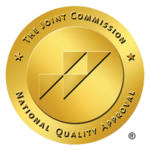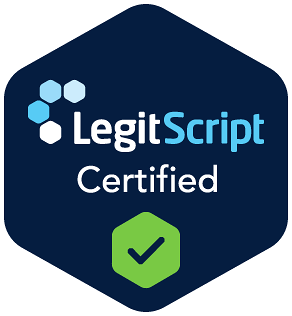Finding the right treatment for a teenager struggling with substance abuse requires immediate action and careful research. Drug rehab centers for minors offer specialized programs designed specifically for adolescent needs.
We at Amity Palm Beach understand that choosing the right facility can feel overwhelming when your family is in crisis. This guide will help you navigate the process of selecting appropriate treatment options for your teen.
Understanding Treatment Options for Minors
Inpatient Programs Provide Maximum Support
Inpatient programs offer the most intensive support for adolescents with severe substance abuse issues. These residential facilities provide 24/7 medical supervision and typically last 30 to 45 days, though some teens may require longer stays. Research shows that treatment durations over 90 days yield significantly better outcomes, with only 17% of people in longer treatment programs reporting drug use the following year compared to 35% of those in shorter programs. Inpatient care works best for teens who have failed outpatient attempts, face serious withdrawal symptoms, or live in environments with strong addiction triggers.
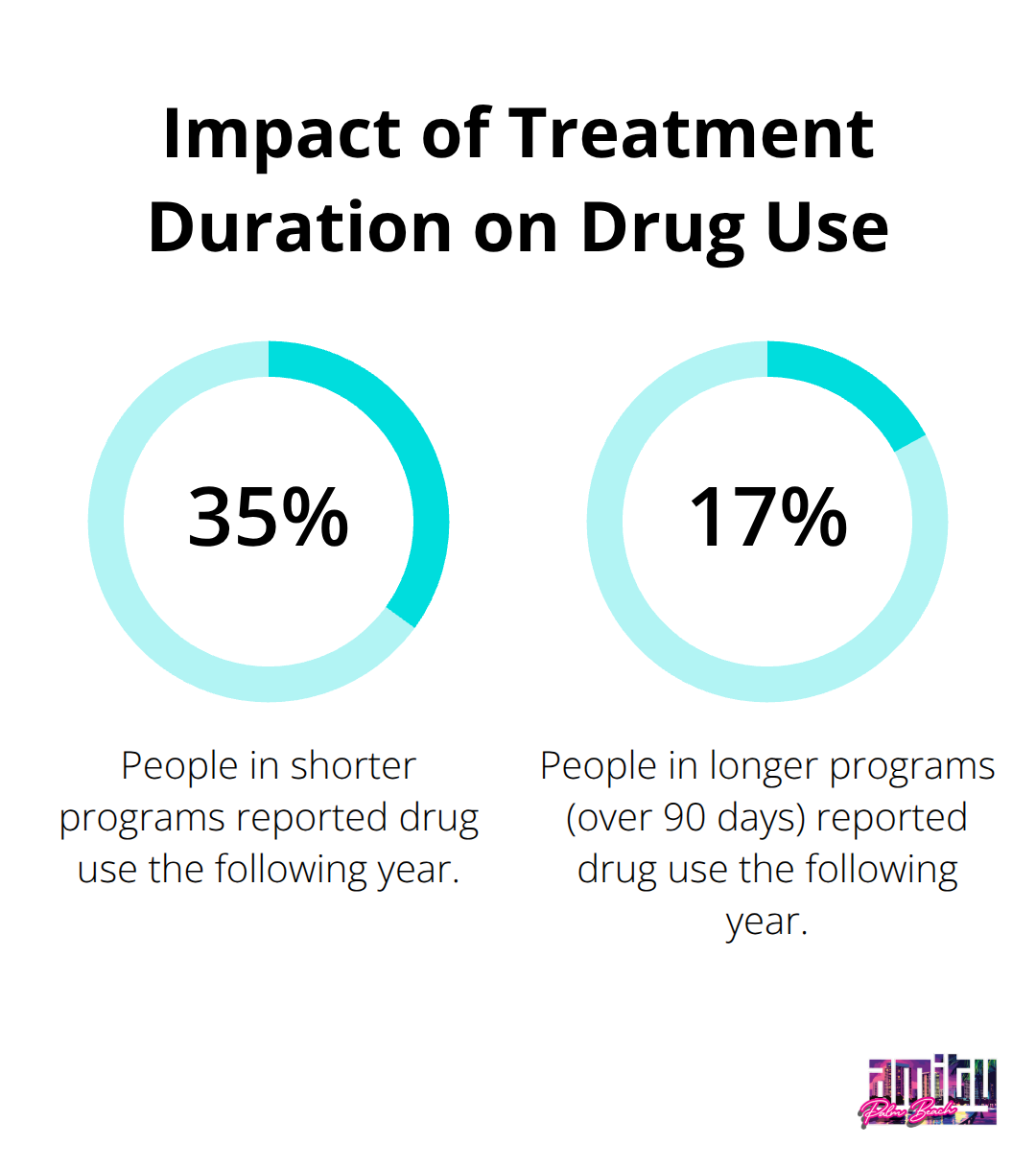
Outpatient Options Maintain School Attendance
Partial Hospitalization Programs allow teens to receive intensive treatment during the day while they return home each evening. These programs typically run 6 to 8 hours daily, five days per week, which makes them ideal for families who want to maintain some normalcy. Intensive Outpatient Programs require fewer hours per week but still provide structured group therapy and individual counseling sessions. According to SAMHSA data, approximately 90% of adolescents with substance abuse problems don’t receive treatment, often because families fear they will disrupt their teen’s education.
Family Participation Transforms Recovery Outcomes
Treatment programs that include family therapy show dramatically higher success rates than individual-focused approaches. Research demonstrates that family interventions are effective in reducing substance use among young adults. Parents and siblings participate in weekly therapy sessions to address communication patterns, boundary setting, and relapse prevention strategies. Some facilities offer family education workshops that teach parents how to recognize warning signs and create supportive home environments (which often proves essential for long-term success).
Academic Support Prevents Educational Gaps
Recovery high schools and educational partnerships help teens avoid academic setbacks during treatment. Archway Academy, which works with treatment centers like PaRC, integrates recovery principles into standard curriculum requirements. These specialized programs allow students to earn credits while they participate in therapy sessions and group activities. Academic continuity reduces the stigma teens face when they return to regular school and prevents the educational gaps that often contribute to relapse risk.
For families seeking comprehensive addiction treatment resources, additional support can be found at https://share.google/V3Fb6lqR1VEcZD9gZ.
The next step involves evaluating specific factors that separate effective teen treatment centers from standard programs.
Key Factors When Choosing a Rehab Center
Specialized Staff Training for Adolescent Development
Staff training quality determines whether a rehab center can address the unique developmental needs of adolescents. Licensed adolescent addiction specialists must understand brain development patterns in teens, which differ dramatically from adult addiction treatment approaches. Research indicates that adolescents with diminished age-related increases in basal ganglia tissue iron may have a greater propensity toward substance use, which makes specialized training essential for effective intervention.
Centers should employ counselors who hold specific certifications in adolescent substance abuse treatment, not just general addiction credentials. Staff must demonstrate experience with teenage behavioral patterns, peer pressure dynamics, and family system interventions. Centers with high staff-to-client ratios provide more individualized attention, which research shows improves treatment outcomes significantly.
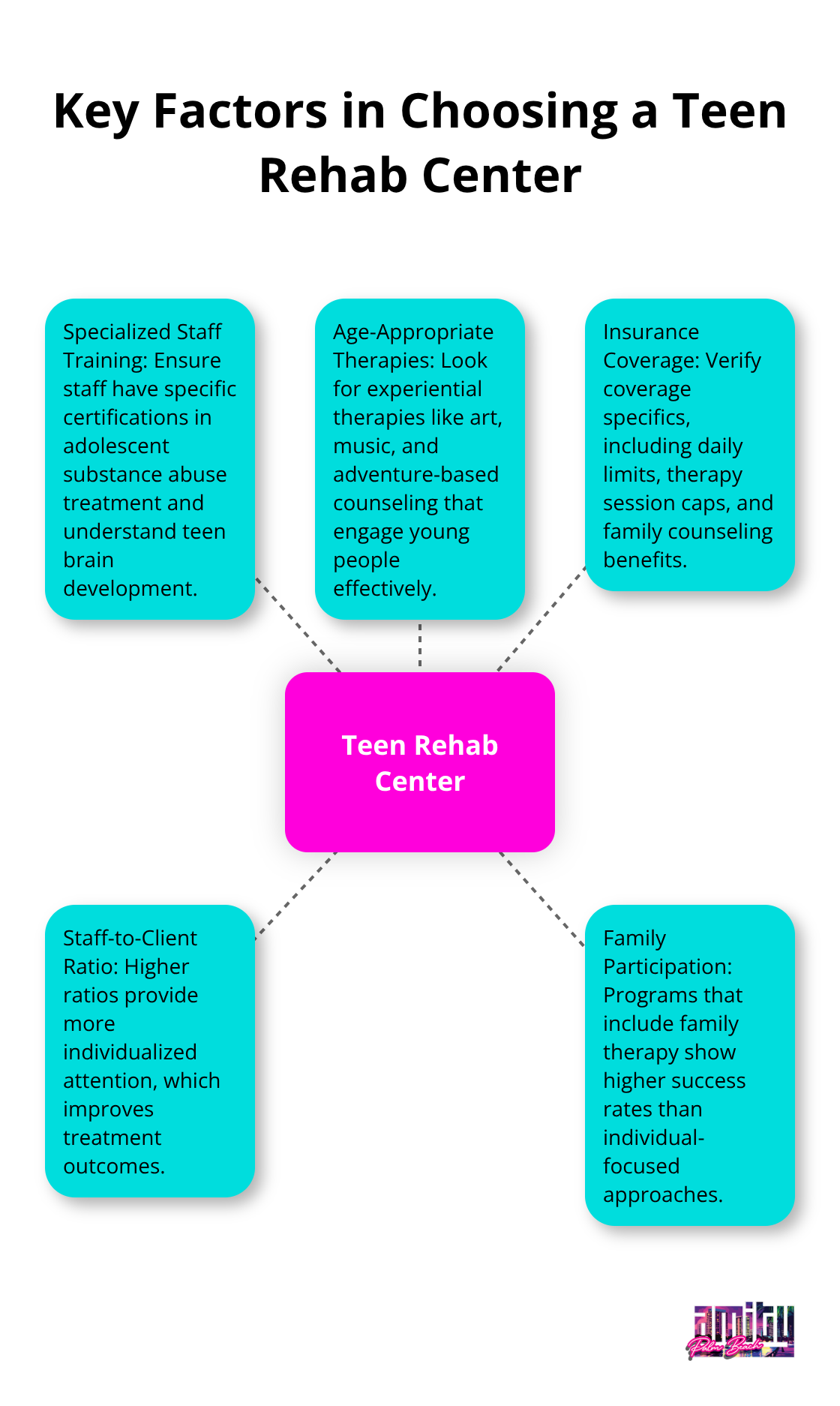
Age-Appropriate Therapy Methods and Activities
Effective teen programs use experiential therapies that engage young people differently than traditional talk therapy alone. Art therapy, music therapy, and adventure-based counseling prove more effective for adolescents who often resist conventional therapeutic approaches. Group therapy sessions should focus on peer accountability rather than adult-led discussions (since teens respond better to peer feedback than authority figures).
Cognitive-behavioral therapy adapted for teenagers addresses impulsivity and decision-making skills specific to developing brains. The most successful programs incorporate technology-based interventions and social media awareness, recognizing that digital communication plays a central role in teenage social dynamics.
Insurance Coverage and Financial Considerations
The Mental Health Parity and Addiction Equity Act requires health insurance plans to cover mental health and substance use disorders in a similar way to medical and surgical benefits, but coverage limitations still exist. Most major insurance plans cover 30-day inpatient programs, but extended treatment often requires prior authorization and documented medical necessity.
Private insurance typically covers 80% of treatment costs after deductibles, while state-funded programs may have waiting lists that extend several months. Verify coverage specifics before admission, including daily limits, therapy session caps, and family counseling benefits. Some facilities offer sliding-scale payment options or scholarship programs (though availability remains limited across most treatment centers).
Once you understand these key factors, the next step involves locating and thoroughly evaluating potential treatment centers that meet your teen’s specific needs.
Finding and Evaluating Potential Centers
Use Professional Networks and Verified Directories
SAMHSA’s National Helpline at 1-800-662-4357 connects families with reliable referrals for adolescent treatment centers. This service operates 24/7 with trained counselors who understand regional options and can filter recommendations based on your specific needs. The Substance Abuse and Mental Health Services Administration maintains an online treatment locator that sorts results by age group, insurance acceptance, and specialized services.
Healthcare providers, school counselors, and pediatricians maintain referral networks with facilities they have personally vetted. Contact your teen’s primary care physician first, as they typically know which local centers demonstrate strong track records with their patients. These professional referrals often prove more reliable than online reviews or marketing materials.
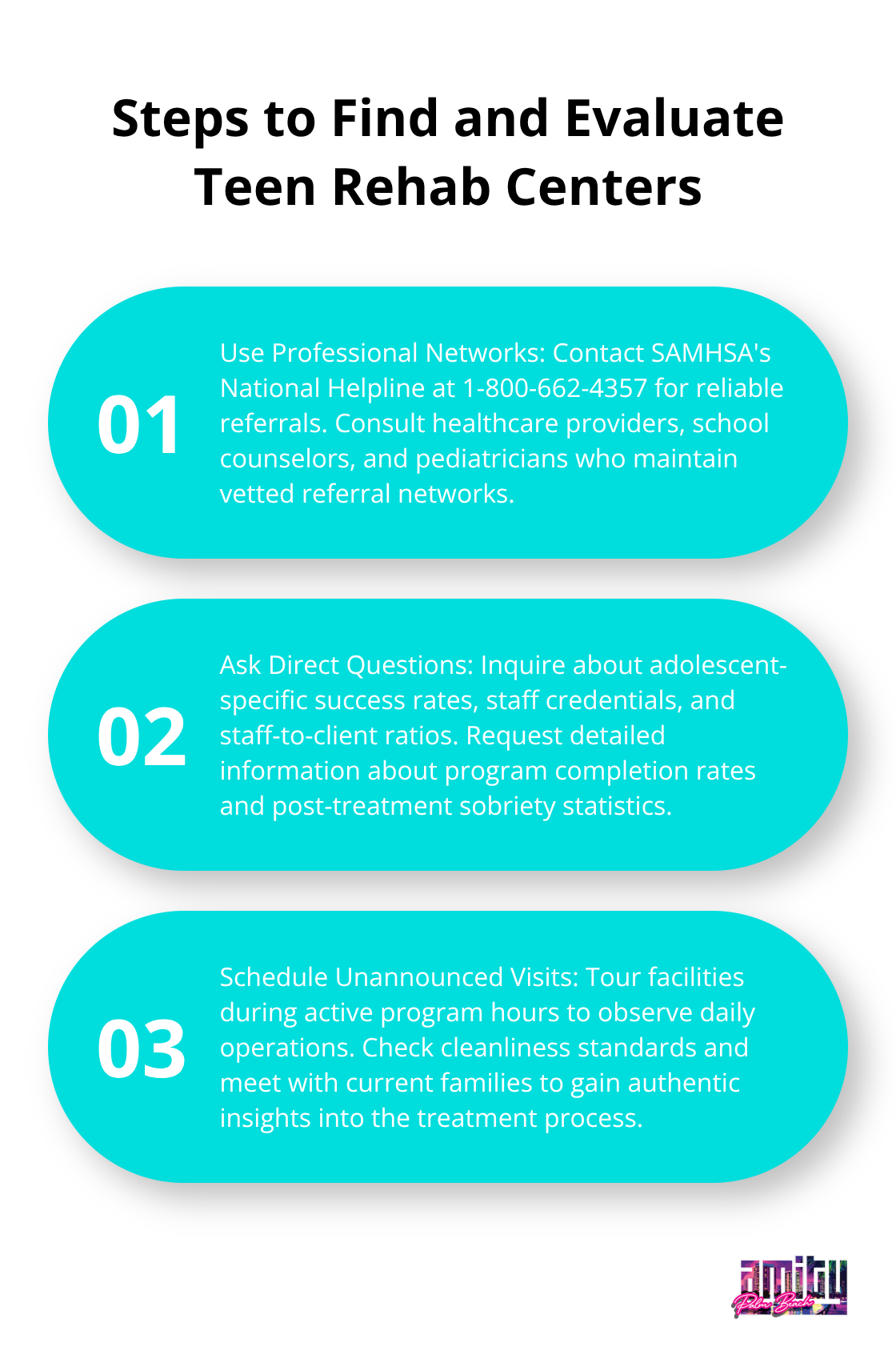
Ask Direct Questions About Success Rates and Staff Credentials
Demand specific data about adolescent success rates during initial consultations, not general facility statistics that include adult patients. Ask how many teens complete their programs annually and what percentage remain sober at six-month and one-year follow-ups. Effective centers track these metrics carefully and share them without hesitation.
Request detailed information about staff-to-client ratios for quality treatment programs. Verify that clinical directors hold adolescent specialty certifications and inquire about average staff tenure (high turnover often indicates management problems that affect treatment quality).
Schedule Unannounced Visits to Observe Daily Operations
Tour facilities during active program hours rather than scheduled visit times when staff prepare special presentations. Observe actual therapy sessions through one-way windows or open-door policies that legitimate centers offer willingly. Notice whether teens appear engaged during activities or seem withdrawn and disinterested in their treatment process.
Check cleanliness standards in dormitories, common areas, and dining facilities, as these details reflect overall program quality and administrative attention to detail. Meet with current families whose teens participate in treatment, as their experiences provide authentic insights that marketing materials cannot capture. When evaluating potential centers, prioritize those with proper accreditation and licensing from organizations like The Joint Commission and CARF.
Final Thoughts
Time becomes your most valuable asset when your teenager struggles with substance abuse. Statistics show that 90% of adolescents with addiction problems never receive treatment, often because families delay action while they hope the situation improves naturally. Early intervention prevents the progression from experimental use to full addiction, which research indicates happens faster in developing brains.
Your teen needs consistent support throughout recovery beyond the initial treatment phase. Family therapy sessions continue after discharge, and many successful programs require weekly family participation for six months or longer. Your active involvement directly correlates with your teen’s long-term sobriety rates.
We at Amity Palm Beach provide comprehensive addiction treatment with specialized adolescent programs that address the unique developmental needs of teenagers. Drug rehab centers for minors offer hope when families face their darkest moments (and decisive action makes recovery possible). The treatment resources available at https://share.google/V3Fb6lqR1VEcZD9gZ provide additional guidance for families who navigate this process.



